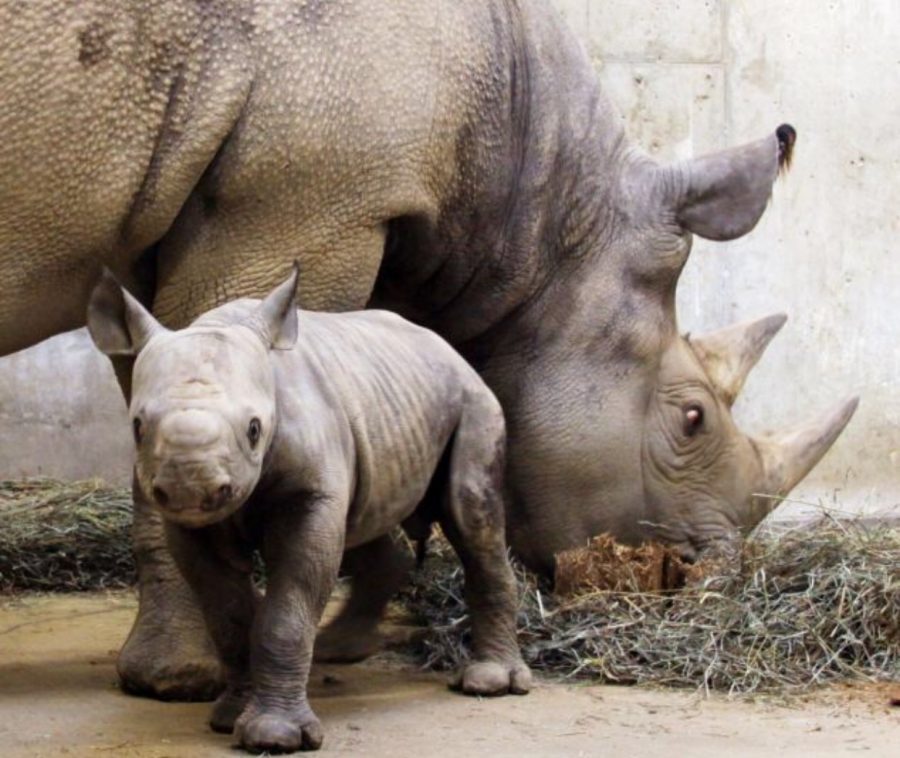I’m placing you on the endangered list, cause you’re one of a kind
In today’s economy, rhino horns are more valuable than cocaine, heroin, or gold.According to savetherhino.org, between 2007-2014 the industry of rhinoceros poaching rose 9000%.In 2016 alone, 1,054 rhinos fell victim to rhino poaching in South Africa. Over the last century, the population of rhinos has declined exponentially from 500,000 in the beginning of the 20th century to what experts estimate was around 30,000 in 2015.
Currently, there are five known species of rhinos, two species that live in Asia (Javan and Sumatran) are classified as critically endangered. There are now less than 80 Sumatran rhinoceros left in the world (according to world wildlife fund website), and efforts are now being made to breed these rhinos in captivity. At the end of 2015, Javan rhinos were estimated to have a population of 67 rhinos while the greater one-horned rhino has a more optimistic outlook with populations now exceeding 3,500. (stats from savetherhino.org)
To contrast the low population of Asian rhinos, the Black rhino has populations estimated to be little more than 5,040 with the White rhino gathering populations of slightly under 21,000 as recorded by National Geographic. As well as the positive outlook for these species, the greater one-horned rhino’s population has increased from what was estimated to be around 200 in 1900 to the population previously mentioned of over 3,500. Rhinoceros poaching has been a crisis since 2008, and conservation efforts are on the rise as are population counts of rhinos.






